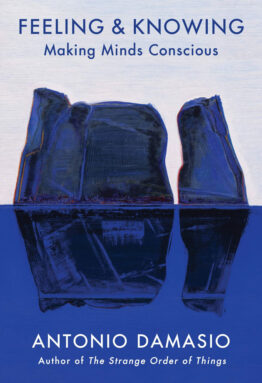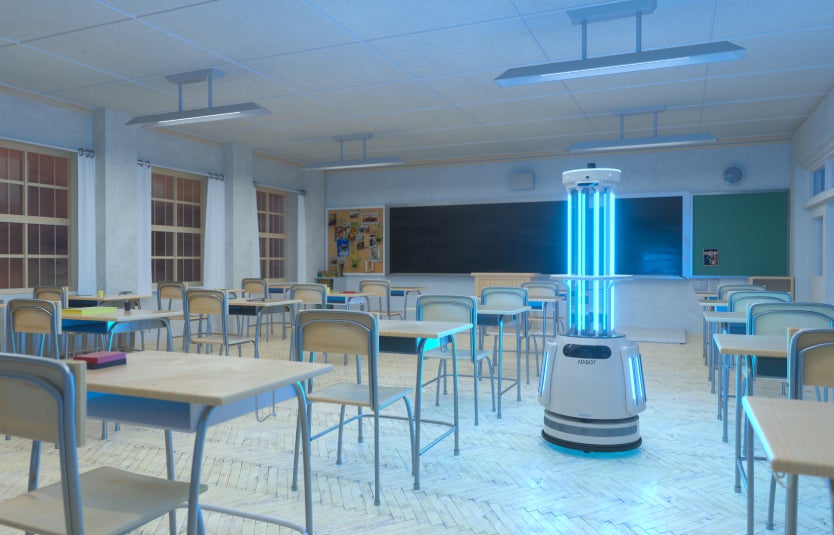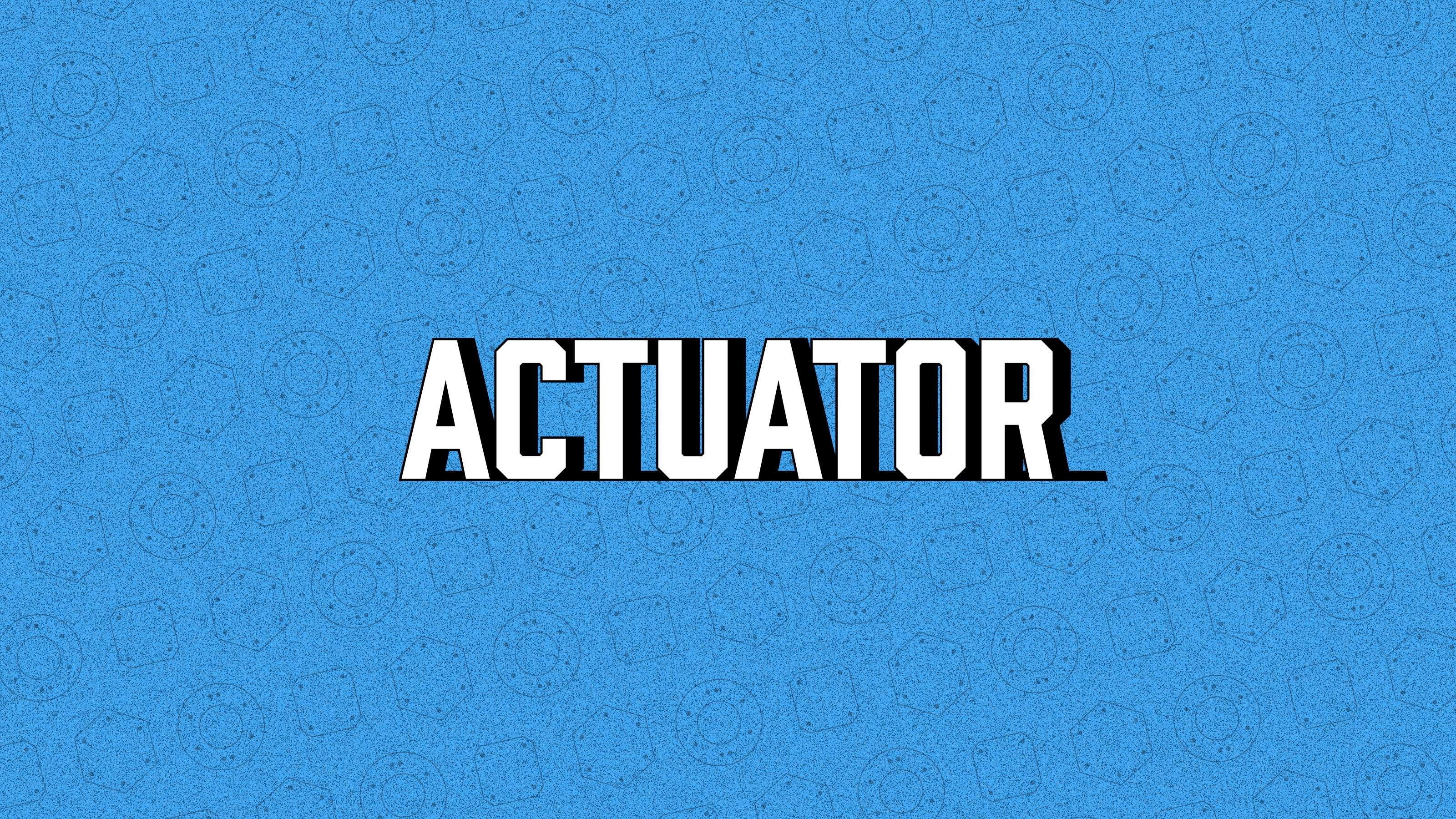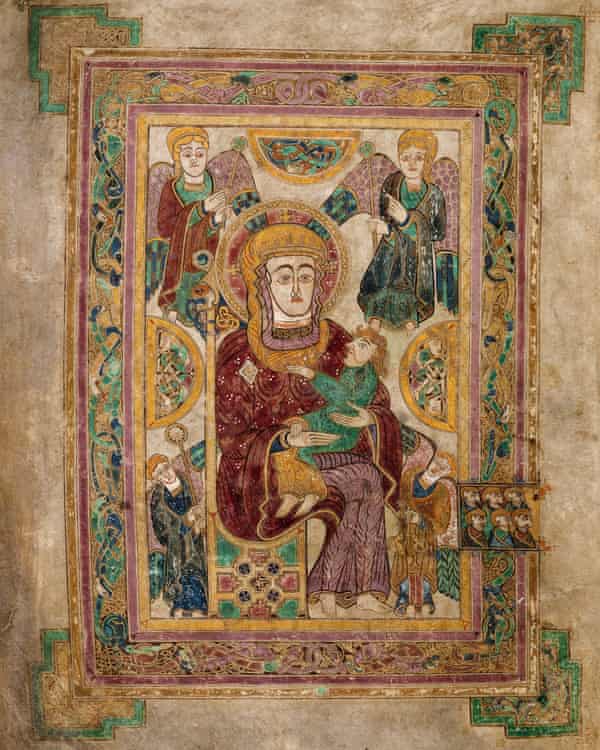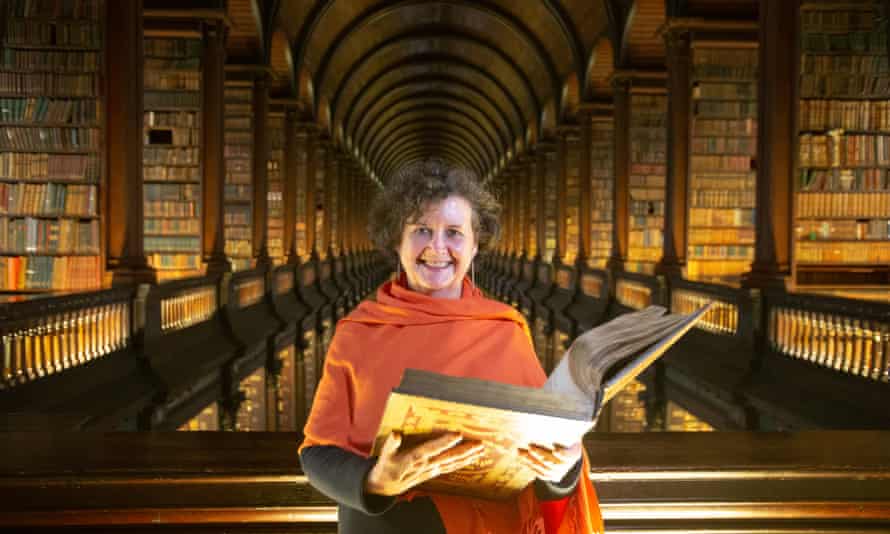Canada's English dictionary hasn't been updated in almost 2 decades. What does that say about us?
Without up-to-date dictionary, what makes language
unique becomes more obscure

"Just how far removed we had already become from Britain even in the nineteenth century was not well understood in the mother country," begins an essay in the first pages of the Canadian Oxford Dictionary.
"So it happened that the first person in recorded history who ever spoke of 'Canadian English' did so disparagingly. The Rev. A. Constable Geikie, in an address to the Canadian Institute in 1857, ten years before Confederation, stated that 'Canadian English' was 'a corrupt dialect.'"
That anecdote paints a disheartening picture of Canadian heritage near its inception. Although Canada has evolved since then, that perception largely hasn't, and it can be difficult for even Canadians to believe there is anything special or distinct about our English.
But while we may have a hard time believing that our version of the language is distinct enough to warrant attention, linguists, lexicographers and writers would disagree.
Everything from our spelling to our idioms to our grammar warrants and necessitates research, documentation — a dictionary. Because of that, experts see a Canadian English dictionary as a vital tool, but it's a tool that has a much shorter history than you might think — and largely exists due to the passion and drive of one woman.
"I think if you'd spoken to her, she would have said it's absurd that there wasn't a dictionary beforehand," said Mike Barber, nephew of Katherine Barber, the late editor-in-chief of the Canadian Oxford Dictionary.
"She saw herself ... as a Canadianist, in a sense that there was something important about Canadian language that needed to be codified and explained and shared with people — who tend to have a real inability to see themselves through the prism of public and national identity."
Hailed as the "maven of Canadian English" by the Washington Post and known widely as Canada's "word lady," Katherine Barber was renowned for researching and documenting how language works in this country. In 1991, she became the founding editor of the Canadian Oxford Dictionary — the country's first authoritative and comprehensive reference work for Canadian English — with the first edition publishing in 1998.
But despite her work, it has been nearly two decades since the most recent edition was released (the COD's second edition was published in print in 2004, and released online in 2005) while Barber herself died in April 2021. The entire Canadian Oxford research staff was laid off in 2008 due to declining sales, and responsibility for identifying our country's words was placed largely in the hands of researchers in the United States and Britain (though Canadian researchers continue to add Canadian influence).
Without an up-to-date dictionary to rely on, writers and editors are left to flounder in the dark over how the language "should" be written. At the same time, the representation of Canada on the world stage suffers and our understanding of what makes the language unique becomes increasingly obscure.
'A dictionary, in a way, serves as a mirror'
"I definitely think it puts Canadian English at a disadvantage — or at the very least, it doesn't give it the same kind of visibility and representation as you see for other varieties," said Daniel Hieber, a research linguist at the University of Alberta in Edmonton who also shares linguistics information on social networking site TikTok.
Br
Lacking a contemporary study of its language, he said, puts Canadian English in the realm of "low resource" languages: those that lack adequate learning and reference documentation. That makes it difficult, for example, to create a version of Microsoft Windows in Canadian English or make decisions on the evolving spelling and meaning of words.
Hieber said that doesn't threaten Canadian English's existence. While past dictionaries were sometimes created for the explicit purpose of dictating how people "should" speak — such as the first truly American dictionary, Noah Webster's A Compendious Dictionary of the English Language, first published in 1806 — modern dictionaries document how people are already speaking.
A dictionary's relationship with writing is more direct. Writing is not the same as language, Hieber explained, but is instead a "fairly arbitrary set of conventions for representing language." A dictionary observes and documents those conventions. Without one, writers have to make it up as they go along — and they're quickly losing track of the rules.
"A dictionary, in a way, serves as a mirror. In continuing to use the COD, Canadian editors might well be contributing to an increasingly stagnant Canadian English. We look in the mirror and see ourselves as we looked on the day we saw Shrek 2 in theatres," Emma Skagen, managing editor of British Columbia's Nightwood Editions publishing house, wrote in a recent op-ed for Quill and Quire.
In a followup email to CBC News, Skagen outlined numerous outdated aspects of the Canadian Oxford Dictionary: It doesn't include the word "Wi-Fi," "Haida Gwaii" is still listed as "Queen Charlotte Islands" and under the word "Indian," there is a note that says, "It is also the only clear way to distinguish among the three general categories of Aboriginal people (Indians, Inuit, and Métis)."
The Canadian Press Stylebook, which many outlets — including CBC — use as a main reference, expresses similar concerns. Stylebook editor James McCarten told CBC in an email that — while the COD continues to be their "official dictionary of record" — "the fact that it hasn't been updated in quite a long time is a challenge for us — one we haven't quite figured out how to address just yet, since there's really no comparable replacement."
"Any good editor will know to use this dictionary (and any dictionary, for that matter) with a critical eye, and perhaps we're still mostly making do with the COD and a random mishmash of other resources," Skagen added in her email. "But for how long can we keep using a dictionary that's not getting updated? And what will we do without it?"
No plans to update dictionary
In a statement to CBC News, a spokesperson for Oxford University Press said there are no plans to produce a new edition of the COD, though the company "continues to track new developments in Canadian English and to update and expand coverage of Canadian vocabulary across our existing dictionary titles, including the historical Oxford English Dictionary."
Sali Tagliamonte, chair of the linguistics department at the University of Toronto, said in an interview that she is one of the researchers tasked with adding Canadian words to the Oxford English Dictionary.
Although she and other researchers have succeeded in adding roughly 700 specifically Canadian words to the OED, that pales in comparison with the nearly 2,000 Canadian words in the first edition of the COD in 1998. In the followup edition six years later, 5,000 words were added — 250 of them Canadian.
In the OED's September 2020 update, 31 new Canadian English words were added — though they were drawn primarily from Ontario dialects.
And as it has now been 18 years since the second edition of the COD was released, English-language writers in Canada are at a significant disadvantage.

"In a sense, it cripples them," said James Crippen, an assistant professor of linguistics at McGill University in Montreal, "because it means that they have to do the work of searching for answers themselves."
In response to that exact problem, Editors Canada — a professional organization for editors — "thoroughly investigated the possibility of securing government financial assistance for a new dictionary of Canadian English" in the mid-2010s, but its grant requests were rejected — partly due to the fact that the project is monolingual, Skagen, of Nightwood Editions, wrote in her op-ed.
More recently, Stefan Dollinger, a professor of English linguistics at the University of British Columbia and editor of A Dictionary of Canadianisms on Historical Principles, told CBC News that he's in talks with Editors Canada to make "a new dictionary right from scratch that would replace the aging Canadian Oxford," but nothing has yet been confirmed.
Indigenous languages suffer from lack of resources
Crippen, who is a member of the Tlingit Nation — Dzéiwsh being his Tlingit name — noted that focusing solely on the lack of documentation of English in Canada misses the bigger picture.
The more than 80 Indigenous languages within Canada's borders are suffering due to a lack of resources — and their systematic and deliberate destruction is orchestrated in part by residential schools.
"[These languages are] up against unfathomable odds and still persisting," Crippen said. "Why? Because the identity associated with the language is so important to them because it is a representation of who they are, even if it's been taken from them."
Attempts to save these languages face far steeper challenges, making dictionaries even more important. Tracey Herbert, CEO of British Columbia's First Peoples' Cultural Council and FirstVoices — an online language learning tool that combines definitions of Indigenous words with audio recordings of native speakers — is one of the people fighting for them.
She said that while there are about 23 First Nations dictionaries in the province, a considerable number are copyrighted by linguists, which represents a challenge to make them accessible.
And due to the high language diversity and how few speakers are left, Indigenous languages without adequate documentation are at increasing risk of becoming "sleeping languages" — ones without any living fluent speakers.

For that reason, Herbert says, support is needed to create more dictionaries and keep these languages alive.
"I am very hopeful — with the right supports and investments — that we can ensure that Indigenous Peoples in the future have access to their heritage and their birthright through their languages," Herbert said.
Social media linguistics
In the absence of up-to-date dictionaries, young people have largely taken the helm of documenting the idiosyncrasies of language in Canada. On TikTok, English speakers have taken part in trends showcasing the language's unique nouns and accents. Conversely, some Indigenous creators have started "word of the day" series, compiling information about their languages that is otherwise difficult to find.
Kylie Jack, a 25-year-old University of Victoria law student and speaker of the nsyilxcən language (spoken by the Syilx Okanagan people), is one of those creators. While there are many fluent speakers in her family, she was unable to learn the language directly from her father, as he was forced to attend a residential school at the age of five. Instead, she began learning in 2019 and has been been posting videos sharing her language ever since.
She says she does it because of a desire to see her language continue to thrive and because of the connection it offers to her past.
"Language is who you are as an Indigenous person. It's how you see the world." Jack said. "So I feel like I have an obligation and a duty to uphold, and perpetuate, langua

